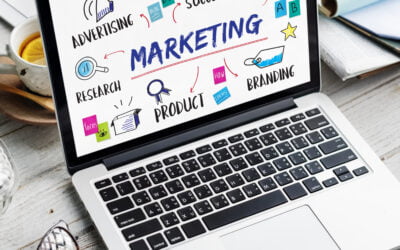Artificial intelligence is transforming industries, yet AI adoption is not just about technology—it’s about people. Employees often resist change due to fear of job loss, lack of understanding, or uncertainty about how AI will impact their roles. The secret to overcoming this resistance? Emotional intelligence. By addressing employee emotions and applying a culture of trust, businesses can accelerate AI adoption and create a workforce that embraces innovation.
Why Do Employees Resist AI?
- Many believe AI will replace them rather than assist them.
- AI can seem complex and intimidating.
- Employees may worry about data privacy and AI-driven decision-making.
- Change can be uncomfortable, and employees may prefer familiar processes.
6 Emotional Strategies to Accelerate AI Adoption
Let’s uncover why AI adoption is a game-changer, not a risk. Using AI can drive innovation, boost efficiency, and open doors to limitless possibilities! Here’s how firms can make their employers be a cold mind about artificial intelligence.
1. Communicate AI as a Partner, Not a Threat
Employees fear that AI will take their jobs. The truth? AI enhances human capabilities. For example, in healthcare, AI analyzes data to assist doctors in diagnosing diseases faster. Instead of replacing doctors, it improves decision-making. Businesses must highlight these benefits to alleviate fear and build trust.
2. Involve Employees in AI Implementation
No one likes having change forced upon them. Engage employees from the start by asking for their feedback, conducting AI training sessions, and allowing them to test AI-driven tools. When AI is introduced collaboratively, employees feel valued and more likely to embrace the change.
3. Address Ethical Concerns and Data Privacy
AI can feel intrusive if employees don’t understand how their data is used. Companies like Google and Microsoft prioritize AI transparency by implementing ethical guidelines. Businesses should ensure AI models are explainable, fair, and aligned with employee concerns about security and data privacy.
4. Provide Continuous Learning Opportunities
A workforce that understands AI is more likely to embrace it. Offering hands-on training, AI certification programs, and upskilling opportunities will help employees feel confident rather than threatened. Companies like Amazon and IBM provide AI training programs to reskill employees for AI-integrated roles.
5. Showcase AI Success Stories
People trust what they can see. If AI has helped improve productivity, increase revenue, or enhance customer experience, share these success stories. Highlight real-life examples, such as AI-powered automation reducing administrative workloads, allowing employees to focus on strategic tasks.
6. Celebrate Small Wins to Build Confidence
Introducing AI doesn’t have to be an all-or-nothing change. Start small—implement AI tools in areas like customer service or data entry and track improvements. Acknowledging these early wins helps employees see AI as a positive force rather than an intimidating disruption.
The Future of AI in Business: What’s Next?
AI is here to stay, and companies that successfully integrate AI into their operations will have a competitive edge. Businesses that use AI in retail, customer service, marketing, and finance are already seeing increased efficiency and better decision-making. The key to success? A workforce that sees AI as an opportunity, not a threat.
Bottom Line!
AI adoption isn’t just a technical shift—it’s an emotional journey. By addressing employee concerns, providing education, and fostering a culture of trust, businesses can ensure AI is not just accepted but embraced.
To learn more about artificial intelligence and other innovations, explore our insightful resources curated by our experts.
Frequently Asked Questions (FAQs)
How can I accelerate my AI adoption?
Start by educating employees, involving them in AI implementation, and providing hands-on training.
How many people use AI for work?
The majority of American workers (63%) report little to no use of AI in their jobs. Only 16% incorporate AI into some aspects of their work, with just 2% relying on it for most or all tasks. Meanwhile, 17% of workers remain unaware of AI’s presence in the workplace. Source
Is AI replacing jobs or creating new opportunities?
While AI automates repetitive tasks, it also creates new roles in AI management, data science, and ethical AI oversight.
What industries benefit most from AI adoption?
Sectors like healthcare, finance, marketing, and manufacturing use AI for automation, efficiency, and data-driven insights.







